Do you wonder if it is allowed to hang a hammock in your dorm room? What’s more, is it possible to hang it without doing any damage to the walls or ceiling? In this post, you will find the answers to these questions + some helpful videos.
This post contains affiliate links, which means I’ll receive a commission if you purchase through them. You will have no extra cost!

Every student wants to make their dorm room as comfortable, cozy, and interesting as possible. Therefore, the idea of hanging a hammock in your room has probably crossed your mind, right?
I can tell you from personal experience that a hammock is one of the most awesome things you can have in your dorm room. My roommate and I shared one that was suspended between our beds and we used it mainly as a place to read books and watch movies.
If you don’t have any idea how to hang a hammock or have any hesitations or questions about the topic, this article is going to help you a lot.
Is It Allowed to Hang a Hammock in a Dorm Room?
In most cases, students are prohibited from drilling holes in the walls of their dorm rooms. For this reason, you should limit yourself to hammocks that don’t require drilling holes to be stable and safe. Such hammocks will probably be allowed because they won’t damage the walls or ceiling.
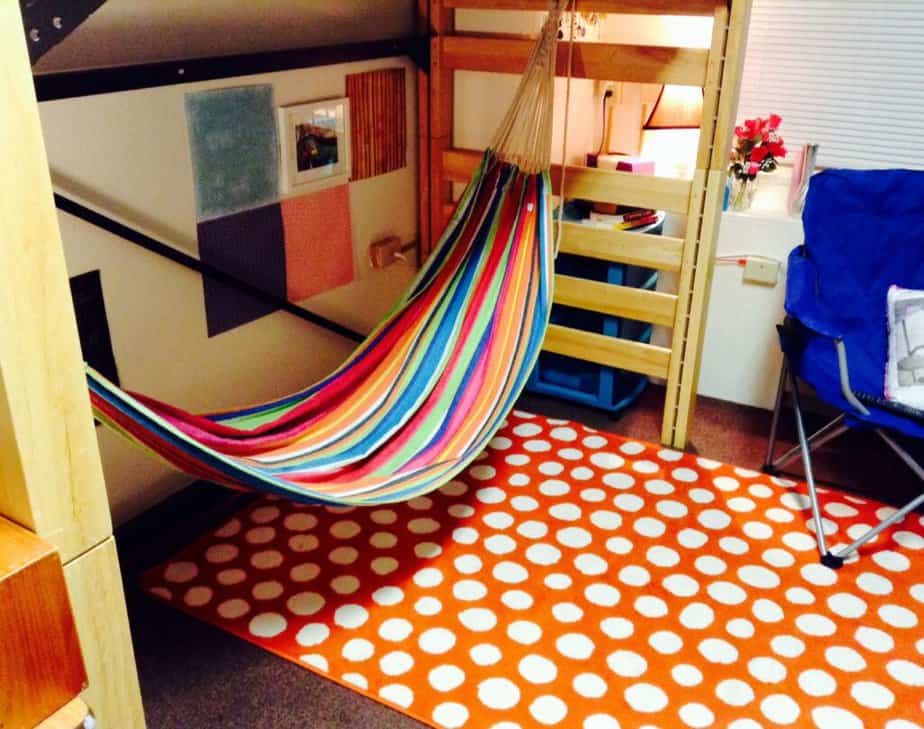
However, you should be careful not to damage other parts of your dorm room with your hammock as well. For example, if you decide to hang it under a lofted bed, there is a risk of breaking the bed frame.
My best advice for you is to check with your resident advisor to make sure whether it is okay to hang a hammock in your dorm room or not.
Related post: 20 Dorm Room Headboards You Will Love in 2022
How to Hang a Hammock Without Drilling?
There are some options to hang a hammock without the need to drill walls. One of them is to use a hammock stand and another is to make use of hammock straps. Both will make your hammock stable and safe without the need to drill holes in the walls or ceiling.

How to Hang a Hammock in a Dorm Room?
If you are not allowed to drill holes in the walls of your dorm room, then you will need to buy a stand or straps for your hammock. However, for a hammock stand, you will need a lot of free space and for the straps, you will need a lofted bed with a solid bed frame that can hold your weight.
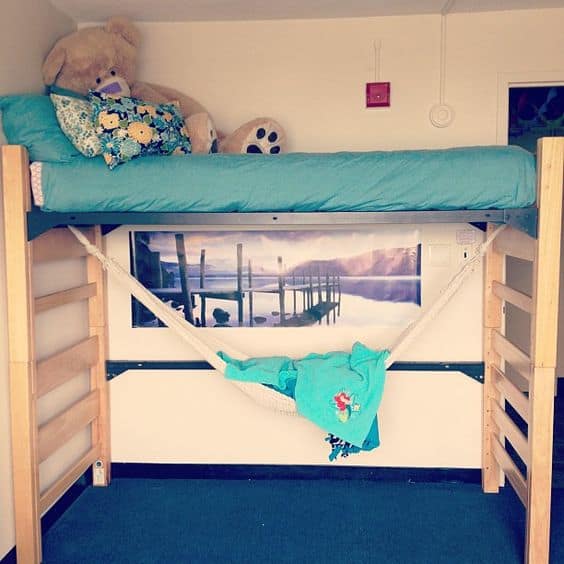
Another alternative you can try if you have 2 doors in the room is to wrap the hammock straps around the doors and then close them.
However, I don’t recommend this option because there is a risk of damaging the door hinges and frame. Plus, every time you use the doors, you have to remove the hammock, which is a hassle.
How Much Space Do You Need to Hang an Indoor Hammock?
This is a very important question that you should take into consideration when you decide to put a hammock in your dorm room.
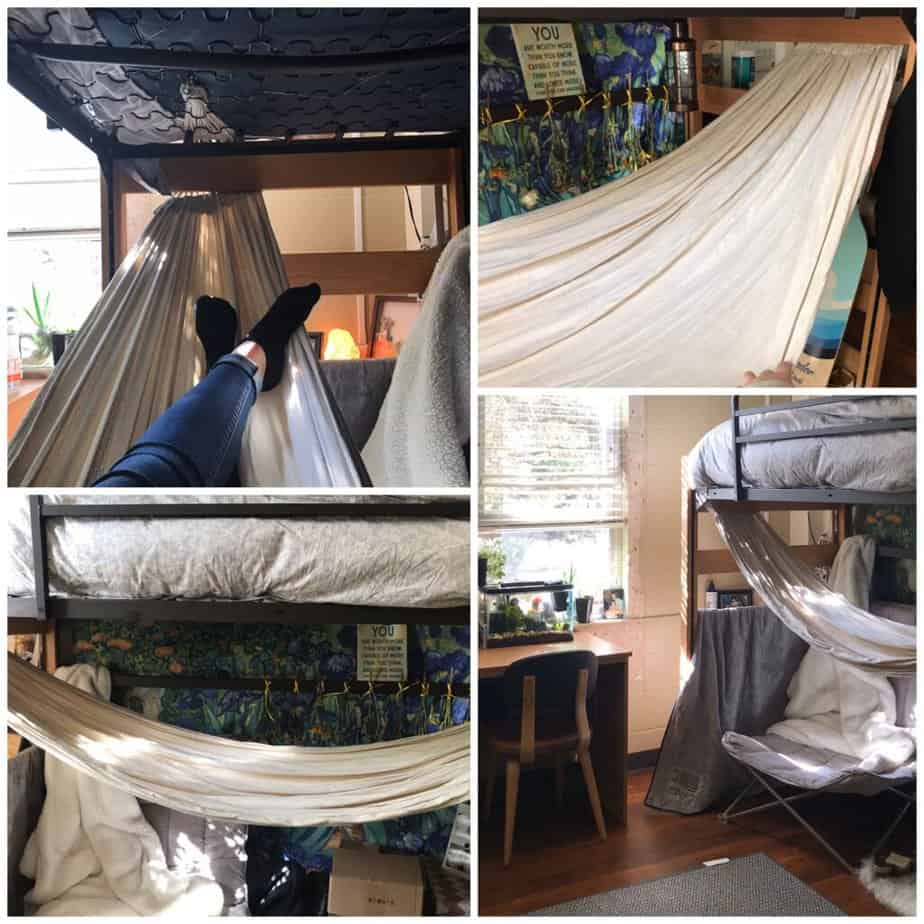
There are different sizes of hammocks and you should know that even the smaller ones will take up considerable space. Carefully measure and consider whether the dimensions of your room allow you to hang an indoor hammock.
Also discuss it with your roommate, because if you use a stand or hang the hammock diagonally across the room, you will take up a lot of the available free space and your roomie might not be happy about it.
Related post: 30+ Best Guys Dorm Room Ideas To Copy
Can I Hang a Hammock Under a Lofted Bed?
Yes, it can be done. However, your hammock needs to have straps. It is also desirable that the bed frame is made of solid wood or metal so that it can support your weight. To hang the hammock under a lofted bed simply wrap the straps tightly around the beams of the bed frame.
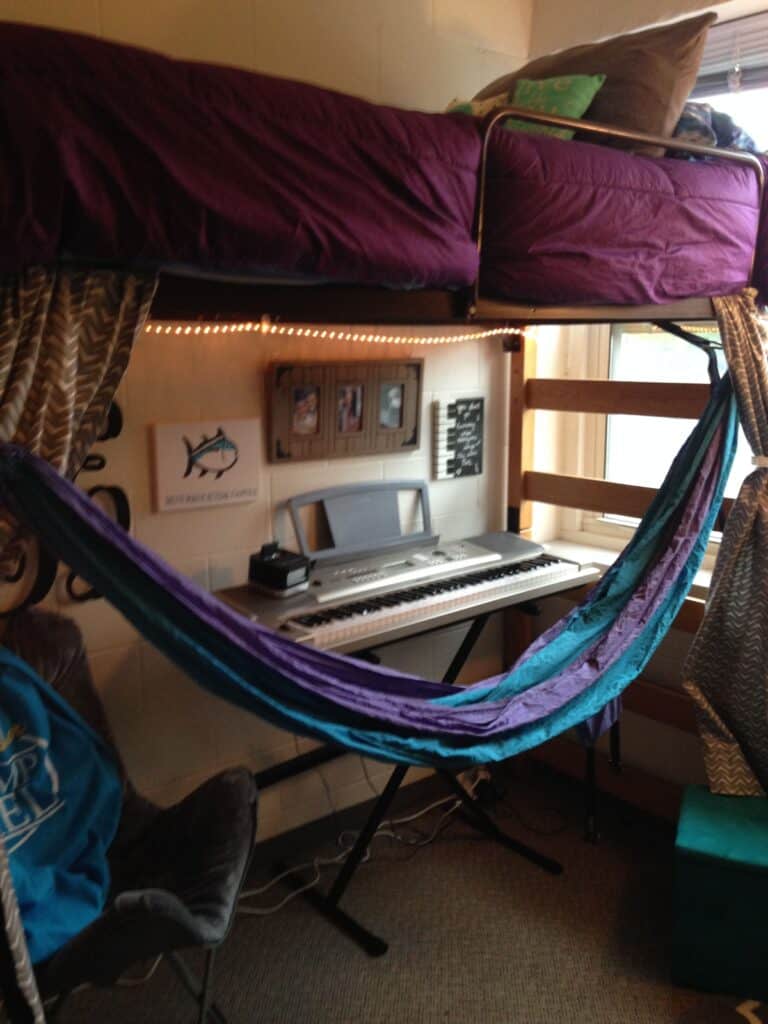
IMPORTANT! I advise you to check carefully whether the bed frame will truly hold your weight, as it is quite possible to seriously injure yourself or at least damage the bed.
Videos
Here are 2 videos that will help you with the process of hanging your hammock in your dorm room.
Should I Bring a Hammock to College?
Yes, as long as it’s not against dorm rules. A hammock can be a great extra place to relax, read a book, watch a movie, or just take a nap.
In this article, I showed you a few methods on how to hang a hammock in your dorm room without drilling holes in the walls.
Decide which of the options you like the most and discuss with your roommate whether it would be okay to place a hammock in the room.




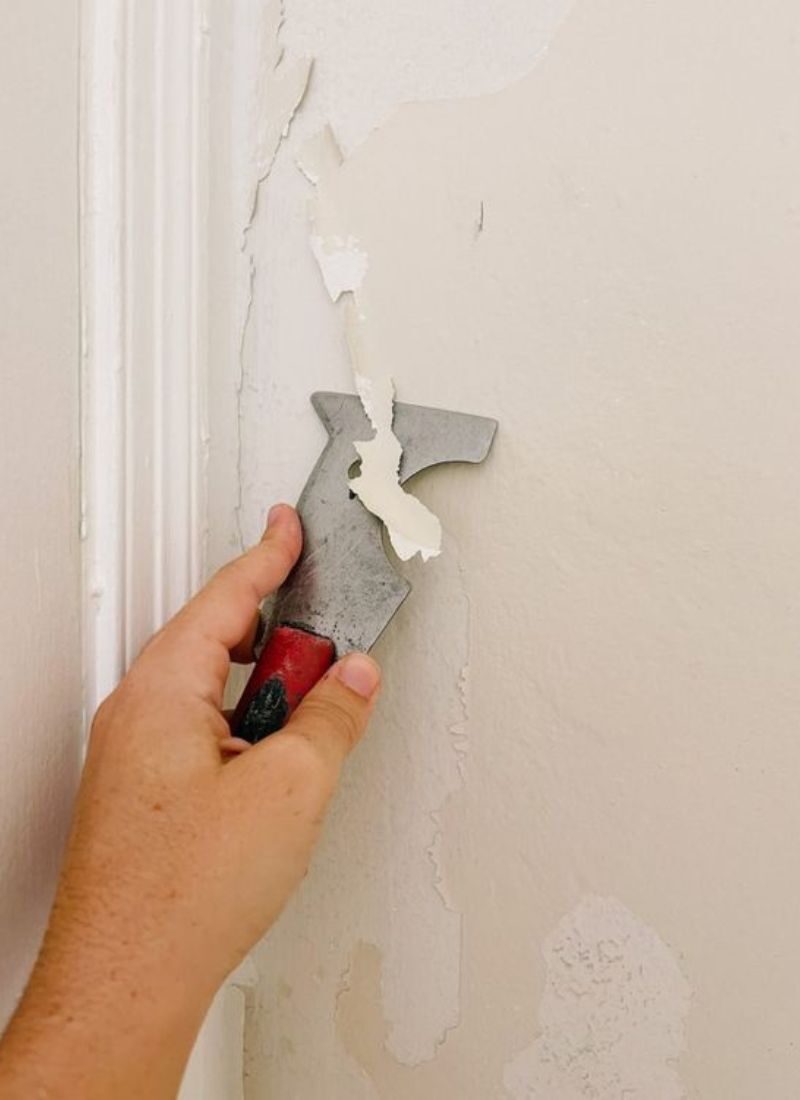
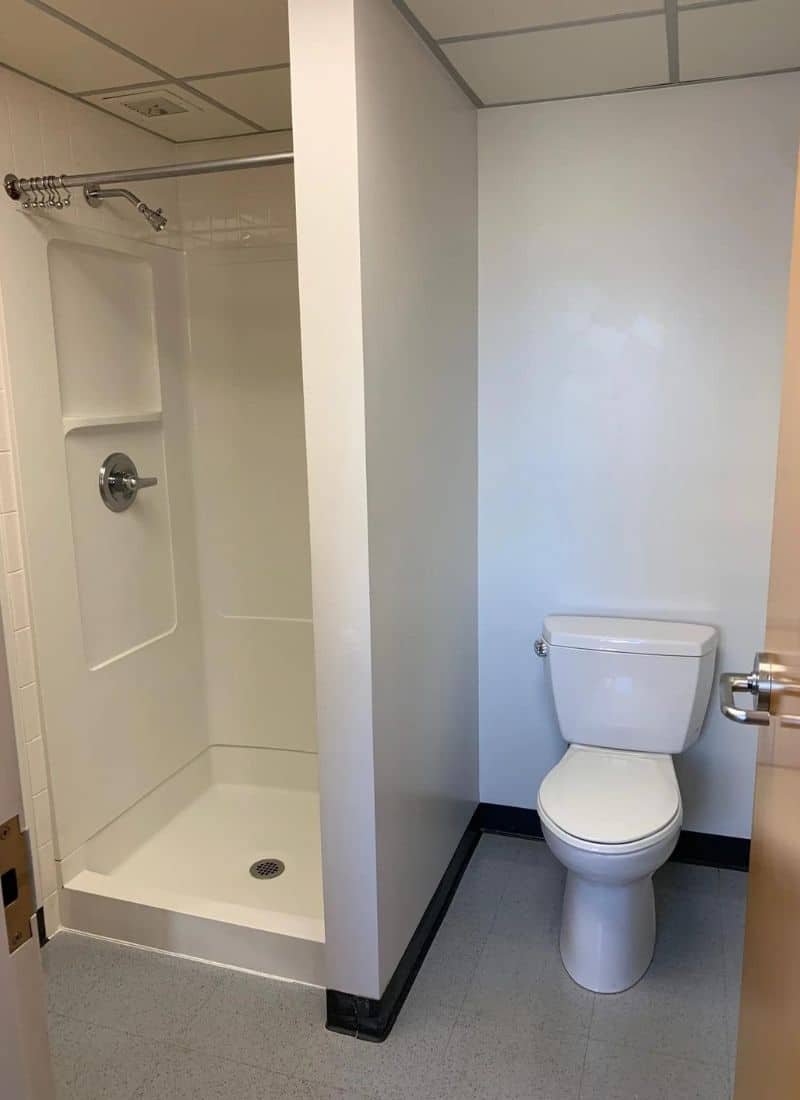


[…] How to Hang a Hammock in a Dorm Room? (With Videos) […]